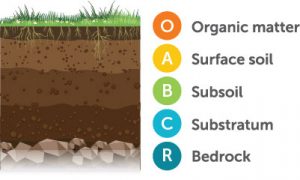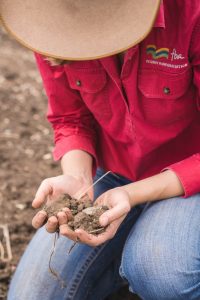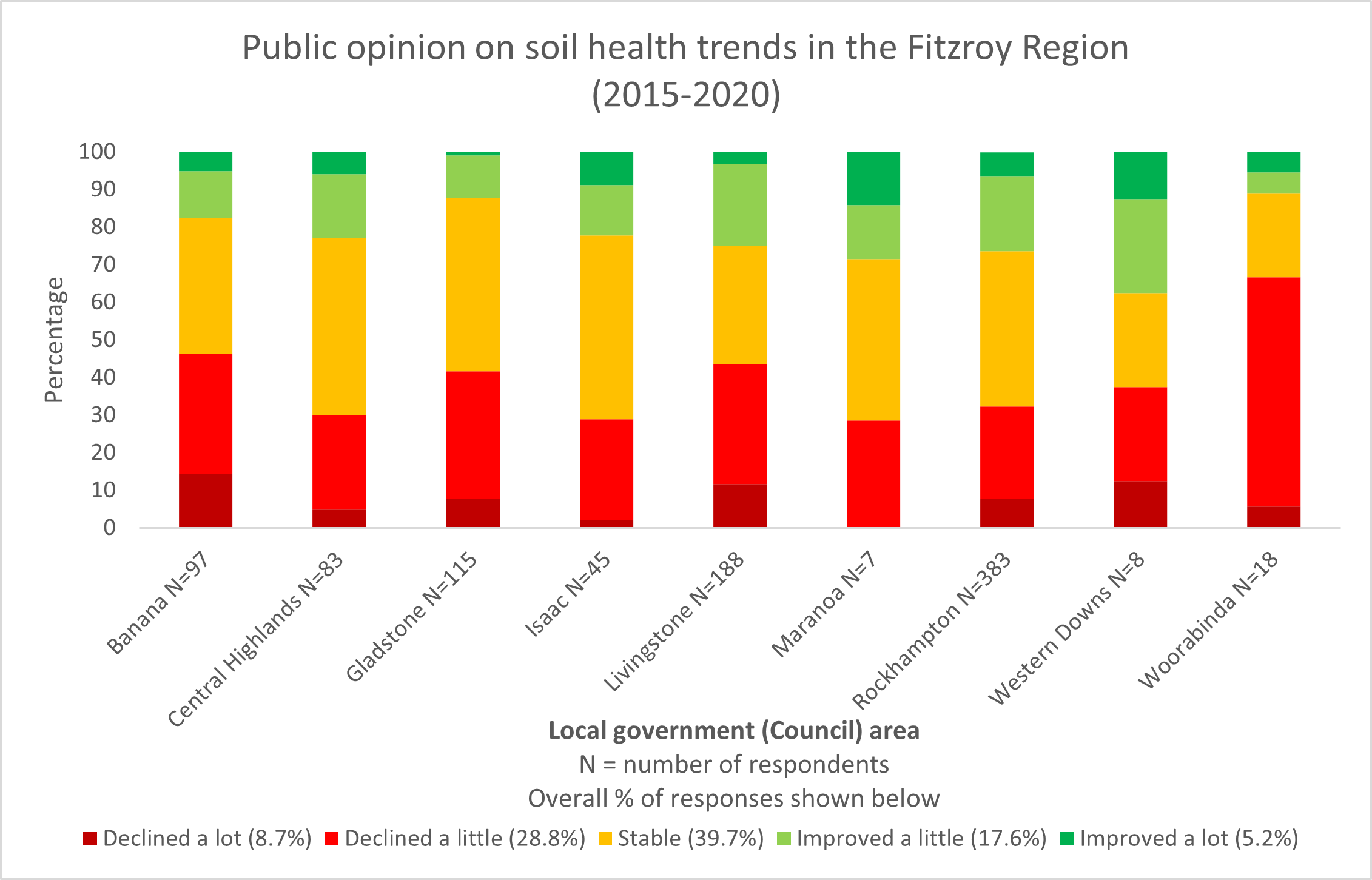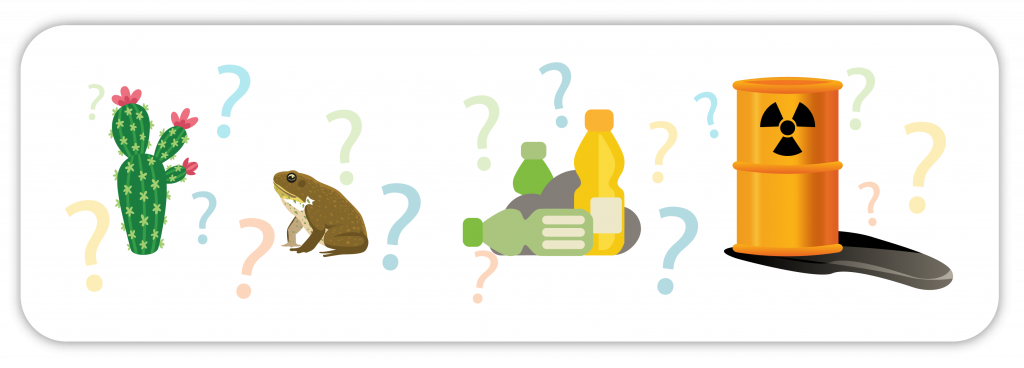Soil
The health of everyone and everything around us depends on the quality of our soils. By protecting and nourishing them, we are looking after ourselves, our diets, rivers, creeks and the Great Barrier Reef.
The food we eat, clothes we wear, air we breathe and water we drink all rely on healthy, productive soils. Modern science has only just scratched the surface on how our health is connected with soil and it’s proving to be far more complicated than we might think. We do know however, that airborne soil particles cause respiratory problems, soil in waterways makes them and us sick, and toxins polluting soil pass through our food and into us.
It pays to keep soil healthy and where it belongs for these and many more reasons!
Soil is literally the foundation for central Queensland’s multi-million agricultural industry – approximately 80% of our land area is managed for food and fibre production and we are home to over 25% of QLD’s cattle (that’s over 2.5million head!). Crops and pasture grasses fail to thrive when soil is in poor condition and along with them so do our crops, livestock, farms and local economy.

Soil is the loose surface material covering most land and is made up of parent rock, organic matter and living organisms. The topmost layers (O & A) are commonly referred to as ‘top soil’.
Diagram adapted from Australian Environmental Education
Healthy soils also play a vital role in:
- filtering rainwater into underground aquifers and streams
- preventing runoff (flash flooding) and keeping our waterways clean
- nourishing native plants and animals
- preventing dust storms and maintaining air quality
- carbon storage which helps reduce and protect against climate change
- the production of medicines that humans rely on e.g. penicillin
- keeping our infrastructure safe (acid sulphate soils and salinity damage houses, bridges, and roads)
- building our resilience to natural disasters such as storms, bushfires, floods, and droughts (we all bounce back far quicker if our soils are healthy to begin with!)
DID YOU KNOW? We lose far more soil than can be produced. It can take up to 1,000 years to produce just 2-3cm of soil, while soil erosion rates on farmed land can be 100-1000 times higher than what would naturally occur.
Source
Soil health requires the right balance of nutrients, organic and inorganic particles, and microbiology (microscopic plants and animals). The right type of land management and ground cover is also essential.
“If the soils are healthy, the land-based ecosystems can be healthy which in turn flows on to the rivers, wetlands, groundwater and marine environments due to less sediment run-off (and hopefully less chemical run-off too!”
Livingstone participant (2020 natural assets survey)
The future of our soils depends on us
By world standards, Australian soils are quite old and fragile. Because they are older, they are generally easy to wash or blow away, do not readily hold onto water and nutrients, and need more rest and care when they are in poor condition. Anything that damages or destroys soil biology (life), structure, or the soil’s natural protective cover of plants and plant debris, makes them very susceptible to erosion and further decline.
In the central Queensland area, there are many threats to soil health and these are caused by a combination of how we use and manage our landscapes today, what has happened in the past, and what is happening right around the world.
Below provides a snapshot of the most common threats to soil health across our region:
- Land clearing to accommodate agriculture, urban areas, industry and roads
- Changes in weather patterns including increasing temperatures, dry periods and extreme rain events
- Changes in weather patterns including increases in dry periods and extreme rain events
- Compacting soils with heavy machinery, repeated vehicle, human or animal traffic
- Adding or removing too many nutrients, or introducing toxins (including human and animal poo!)
- Removing or transporting soils, or replacing them with other materials
- Changes in the way water moves across and through the landscape (which is influenced by all of the above!)

DID YOU KNOW? As the world’s 6th largest country, Australia has a size of over 7.7 million square kilometres. Over half is dedicated to agriculture which employs over 300,000 people.
Source
Our soils produce approximately 85% of our nation’s daily food supply, as well as considerable exports (worth $49.2 billion in 2018-19).
Source
Discover the biggest threats to our natural assets
 CQ soils need urgent care and attention
CQ soils need urgent care and attention
The Fitzroy Basin (which covers most of central Queensland) loses an estimated 4.1million tonnes of top soil and sub-soil each year through wind and water erosion… that’s enough soil to grow enough vegetables to feed 110,215 families every year.
As we get more hot days, higher temperatures, longer dry spells, and bigger but less frequent rain events we are likely to lose even more soil each year. Combine this with increasing pressures to home more people and produce more food from our region, it means the race is on to save the soil we have left and ensure it stays healthy.
DID YOU KNOW? The soil we lose each year through rain and wind events mostly ends up in our waterways and coastal waters where it damages life under water. Next to rising temperatures and sea levels, this sediment is the biggest threat to our part of the Great Barrier Reef!
Source
In 2020, we asked our community how they thought the health of soils in their local government area were trending based on the preceding five years. The majority of respondents considered them stable to declining.

![]()
Urgent action is needed! Trends indicate things are in a bad way. We need to act now!
Asset status is a ready estimator based on:
- Global, Australian and Queensland reports
- The likely impact on our businesses, communities, economy and future if we change nothing in the next five years
- Results of the 2020 regional natural assets community survey
Our region is not at a point where available data can be collated and analysed using a scientifically validated model to produce an accurate report on the status of our region’s six region’s natural assets and two key drivers.



